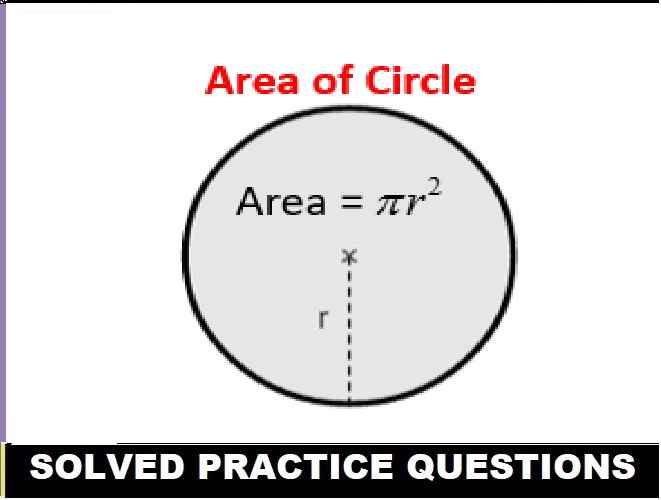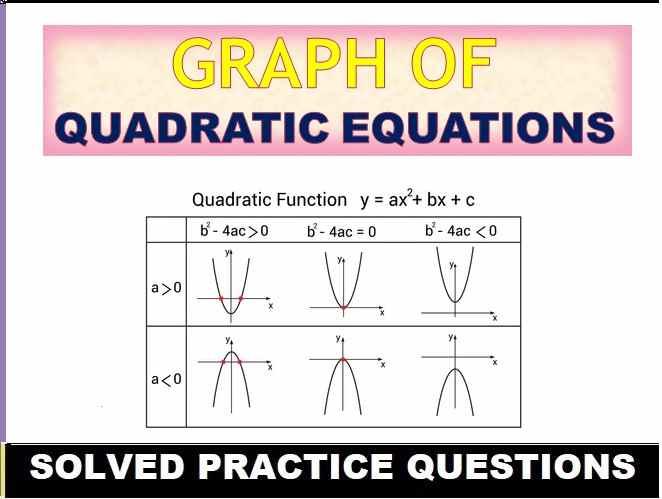Skeleton Movement and Locomotion MCQs Answer Biology Class-9 ICSE Selina Publishers Solutions Chapter-12. Step By Step ICSE Selina Concise Solutions of Chapter-12 Skeleton Movement and Locomotion with Exercise-12 including MCQs, Very Short Answer Type, Short Answer Type, Long Answer Type and Structured/Application Questions Solved . Visit official Website CISCE for detail information about ICSE Board Class-9.
Skeleton Movement and Locomotion Exe-12 MCQs Answer Biology Class-9 ICSE Concise Selina Publishers
| Board | ICSE |
| Publications | Selina Publication |
| Subject | Biology |
| Class | 9th |
| Chapter-12 | Skeleton Movement and Locomotion |
| Book Name | Concise |
| Topics | Solution of A. MCQs Answer Type |
| Academic Session | 2023-2024 |
A. Multiple Choice Type
Skeleton Movement and Locomotion Class-9 Biology Concise Solutions
Page 131
Question 1. Choose the correct answer from the options given below:
(a) Your external ear (pinna) is supported by
(i) Bone
(ii) Cartilage
(iii) Tendon
(iv) Capsule
Answer:
(ii) Cartilage
(b) The type of joint found at shoulder is also found at
(i) Elbow
(ii) Knee
(iii) Ankle
(iv) Hip
Answer:
(iv) Hip
(c) Which one of the following categories of vertebrae are correctly matched?
(i) Cervical-7
(ii) Thoracic-10
(iii) Lumbar-4
(iv) Sacral-4
Answer:
(i) Cervical-7
A. Multiple Choice Type
Skeleton Movement and Locomotion Class-9 Biology Concise Solutions
Page 132
(d) Human skeleton altogether contains 213 bones. Which of these are the 6 bones?
(i) Neck vertebrae
(ii) Ear ossicles
(iii) Carpals
(iv) Metacarpals
Answer:
(ii) Ear ossicles
(e) Which of the following binds the bones together?
(i) Tendons
(ii) Cartilage
(iii) Ligaments
(iv) Muscles
Answer:
(iii) Ligaments
(f) The inorganic constituents of bones are :
(i) Calcium and sodium
(ii) Calcium and phosphorus
(iii) Carbon and nitrogen
(iv) Calcium and carbon
Answer:
(ii) Calcium and phosphorus
(g) Bone cells are technically termed as :
(i) Myocytes
(ii) Chondrocytes
(iii) Leucocytes
(iv) Osteocytes
Answer:
(iv) Osteocytes
(h) The external surface of bone is covered by a membrane called :
(i) Periosteum
(i) Pericardium
(i) Periosteum
(i) None of these
Answer:
(i) Periosteum
(i) Branched muscles are :
(i) Striped
(ii) Cardiac
(iii) Unstriped
(iv) Both (i) and (ii)
Answer:
(iv) Both (i) and (ii)
(j) Involuntary muscles are present in :
(i) Leg
(ii) Hand
(iii) Iris
(iv) Head
Answer:
(iii) Iris
— : End of Skeleton Movement and Locomotion A. MCQs Answer Class-9 ICSE Biology Solutions :–
Return to Return to Concise Selina ICSE Biology Class-9
Thanks
Please share with your friends


